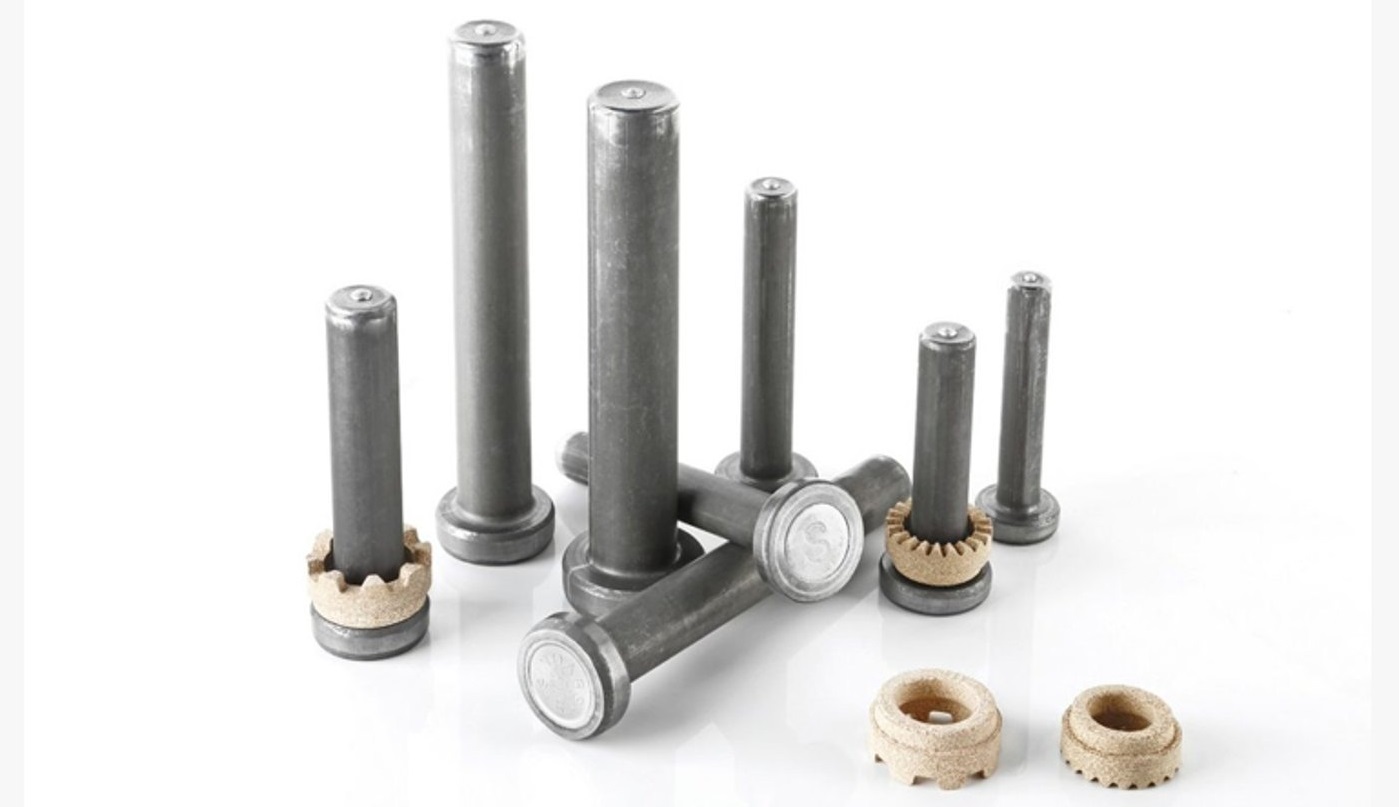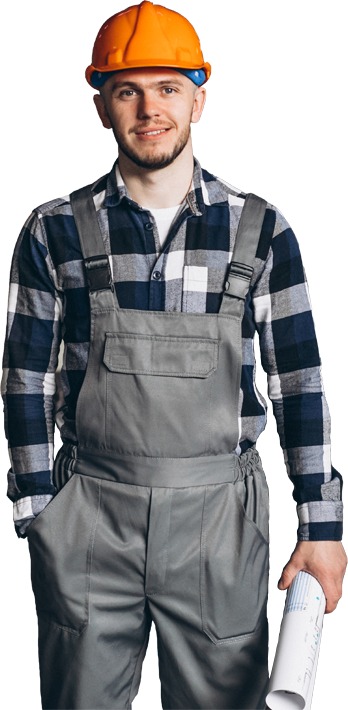Pushpak Decking Sheet
Metal decking sheets, also known as metal deck or simply decking, are commonly used in the construction industry as a structural component for creating composite floor systems. They are typically made of steel and are designed to provide a stable and strong platform for supporting concrete slabs during construction. Here are some key points about metal decking sheets:
Material:
Metal decking sheets are predominantly made from galvanized steel, which offers excellent corrosion resistance and durability. Galvanized steel is coated with zinc, protecting it from rust and ensuring a longer lifespan.
PTR51

PTR60

PTR64

PTR75

Types of Metal Decking Sheets:
There are various types of metal decking sheets available, but the most common ones include:
- Composite Decking: These sheets have embossments or ribs that provide better bonding with the concrete slab, creating a composite structure that enhances strength and load-bearing capacity.
- Form Decking: Form decking sheets are used as a formwork for concrete slabs during construction. They are often temporary and removed after the concrete has cured.
- Cellular Decking: These sheets have a series of circular voids or cells that reduce the weight of the decking while maintaining its strength. They are commonly used in high-rise construction projects.
Advantages of Metal Decking Sheets:
- Speed of Construction: Metal decking allows for rapid construction as it serves as a platform for workers to walk on during concrete pouring.
- Strength and Load-Bearing Capacity: Composite metal decking enhances the strength and load-carrying capacity of the concrete slab, providing a robust and stable flooring system.
- Fire Resistance: Metal decking sheets with concrete slabs offer good fire resistance properties, contributing to the overall fire safety of the building.
- Sustainability: Steel decking sheets are often made from recycled materials, making them a sustainable option in construction.
- Installation: Metal decking sheets are installed on structural steel beams or joists. They are fixed using specialized fasteners or welds, ensuring a secure connection between the decking and the supporting structure.
- Use in Composite Floor Systems: Once the metal decking sheets are installed, concrete is poured over the top, encasing the steel sheets to create a composite floor system. This combination of steel and concrete maximizes the benefits of both materials, resulting in an efficient and sturdy floor structure.
- Applications: Metal decking sheets are commonly used in commercial, industrial, and residential buildings for floor and roof construction. They are also used in bridges and other infrastructure projects.
It's essential to follow the manufacturer's guidelines and recommended load capacities while using metal decking sheets to ensure a safe and reliable construction process. Proper maintenance and regular inspections are also necessary to prolong the lifespan and performance of the composite floor system.
Shear Studs

Shear stud welding is frequently used in the installation of metal decking sheets in construction projects, particularly for composite steel-concrete floors in buildings and bridges. Metal decking sheets are thin steel panels that are typically corrugated or ribbed and serve as the formwork for pouring concrete slabs. The shear studs are welded to these decking sheets to create a composite structure that combines the benefits of both steel and concrete materials.
Here's how shear stud welding is applied in the installation of metal decking sheets:
- 1. Preparation: The steel beams or girders that will support the composite floor are prepared by cleaning their surfaces to ensure proper weld quality. The metal decking sheets are then laid out over the steel beams to create the formwork for the concrete slab.
- 2. Shear Stud Placement: Shear studs are placed in predetermined patterns and spacings on the surface of the metal decking sheets. These studs are often arranged in rows along the length of the sheet, with specific spacing and placement according to engineering and design specifications.
- 3. Welding Process: The shear studs are welded to the metal decking sheets using specialized stud welding equipment. This involves creating an electric arc between the end of the stud and the metal decking surface. The heat generated by the arc melts both the stud and the decking sheet, forming a weld pool. The stud is then pressed into the molten pool, and as it cools and solidifies, it fuses with the metal decking.
- 4. Concrete Pouring: Once the shear studs are welded to the metal decking sheets, concrete is poured over the sheets. The shear studs protruding from the decking become embedded within the concrete as it cures and hardens. This creates a composite structure where the steel decking, shear studs, and concrete work together to resist loads and distribute them effectively.
- 5. Composite Action: The composite structure formed by the metal decking, shear studs, and concrete offers several benefits. It enhances the load-carrying capacity of the floor system, improves fire resistance, and provides better stiffness and vibration control.
- 6. Construction Efficiency: Shear stud welding in metal decking installation is efficient and allows for rapid construction progress. The composite system eliminates the need for temporary supports during the concrete pour, as the studs provide the necessary connection between the steel beams and the concrete slab.
In summary, shear stud welding is a crucial technique in creating composite structures with metal decking sheets and concrete. It optimizes structural performance and offers time-saving benefits during the construction of floors in buildings, bridges, and other structures.

